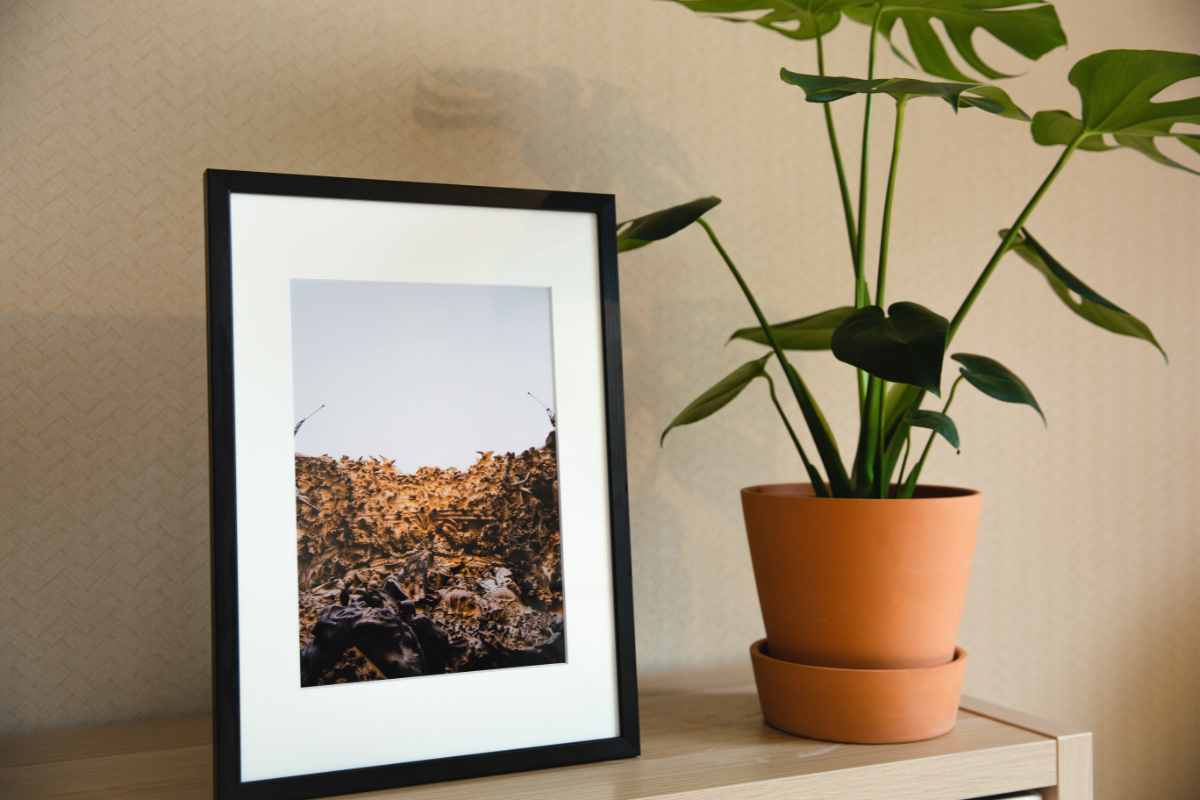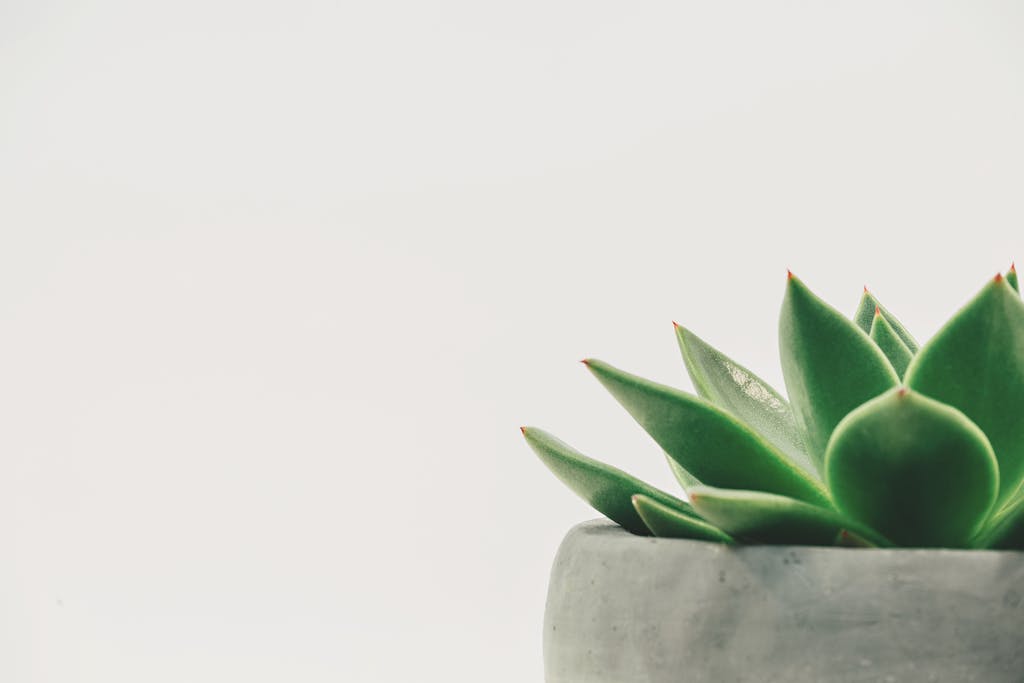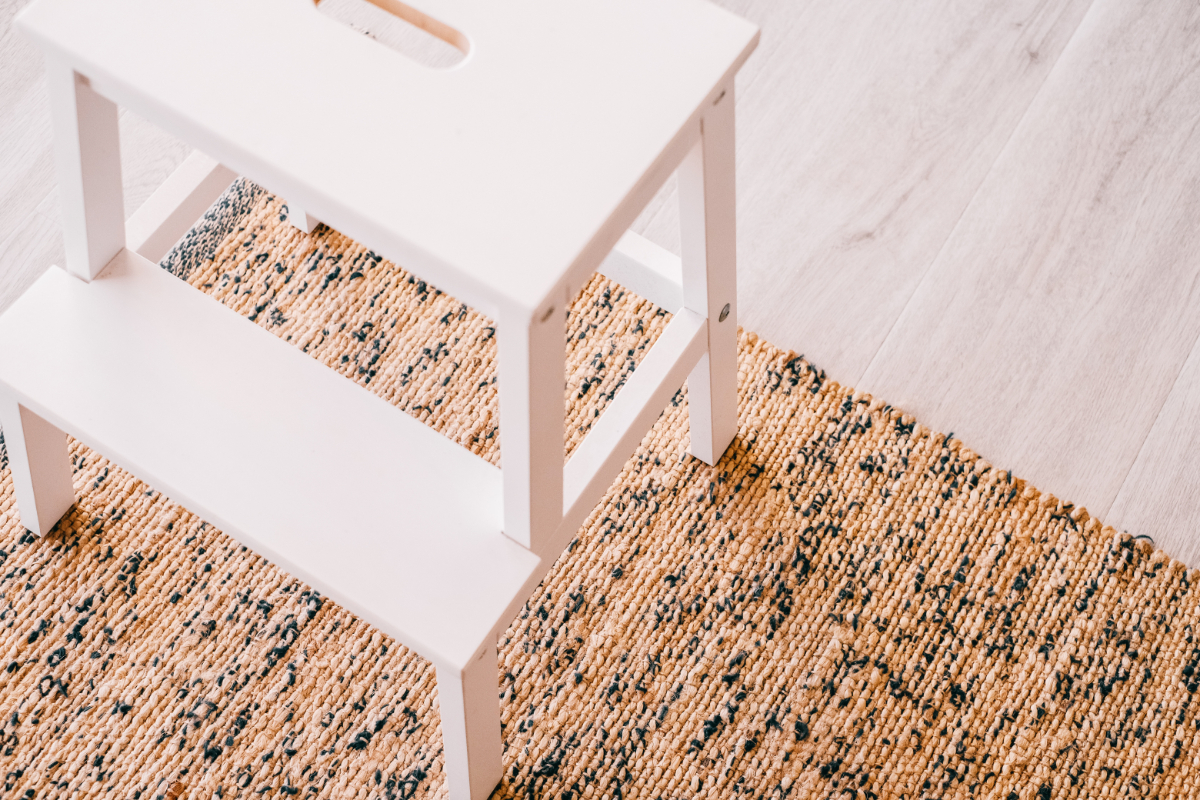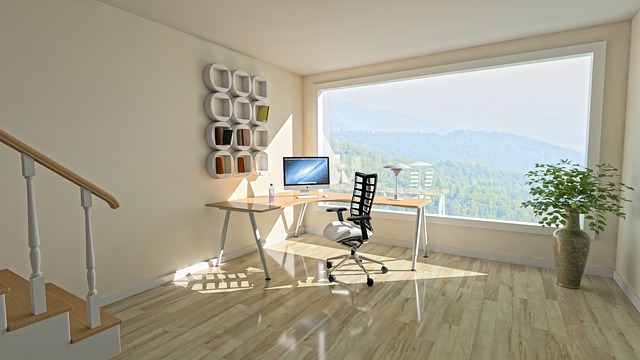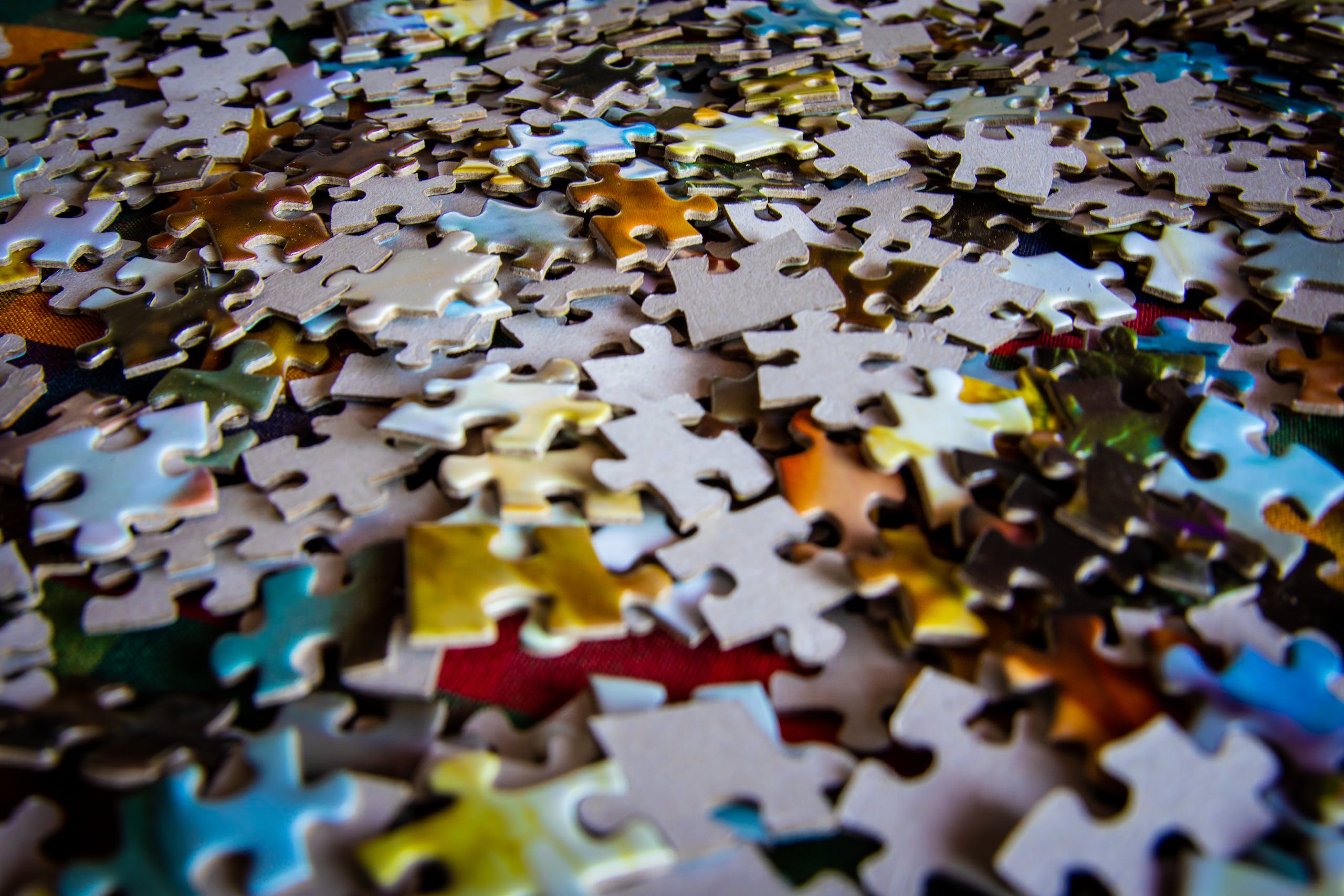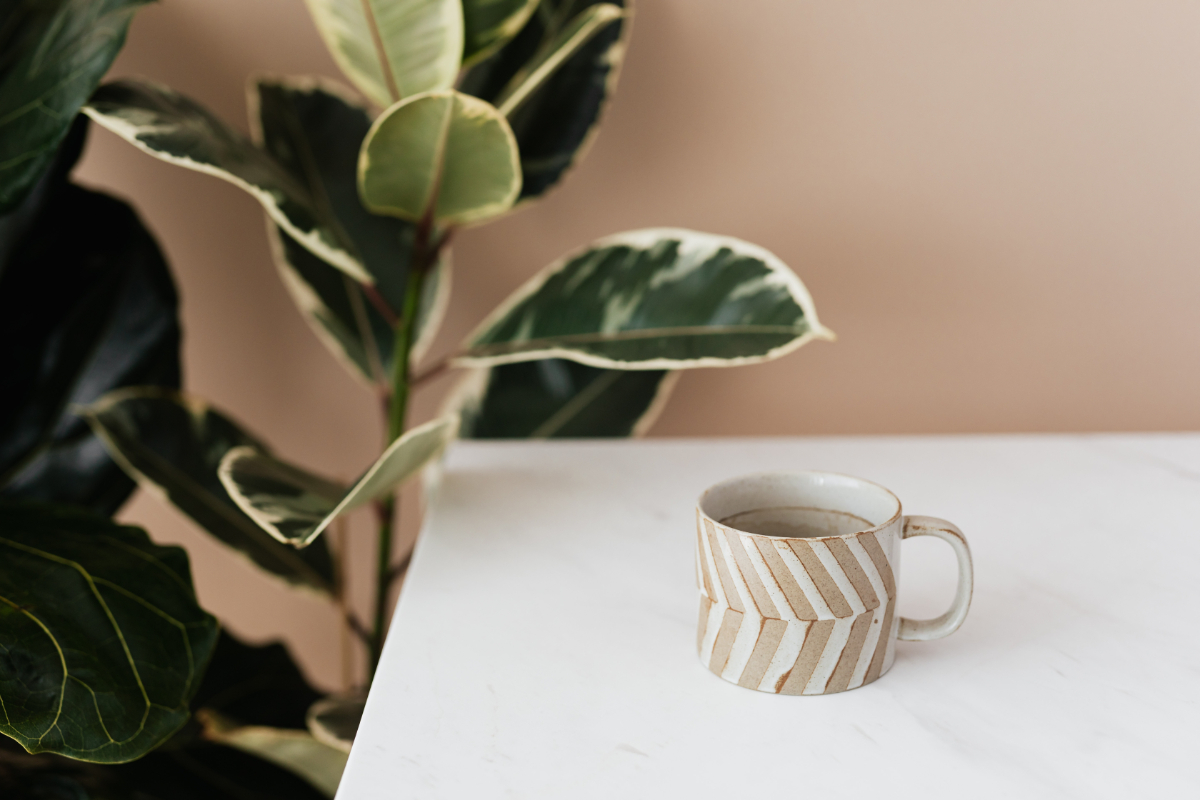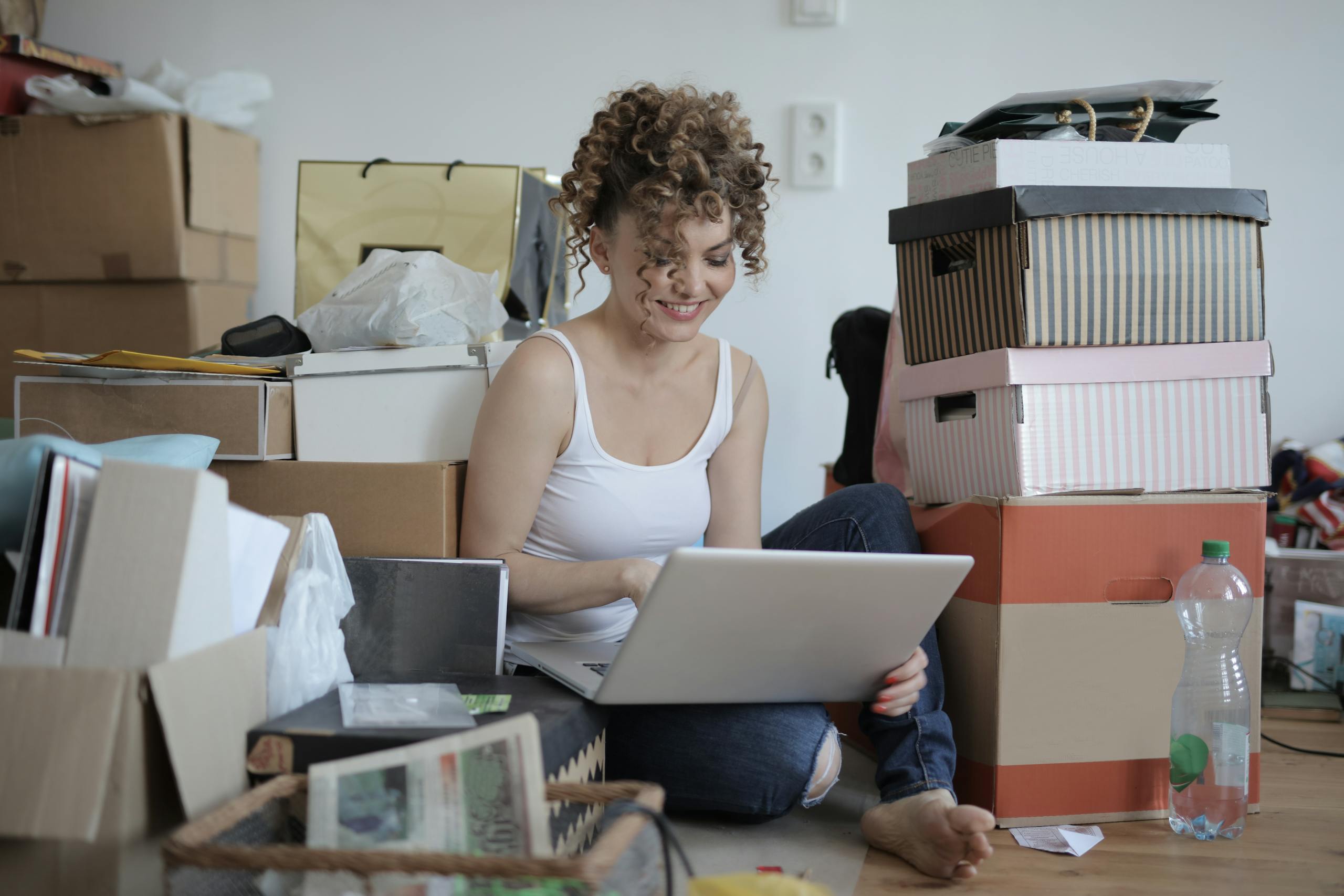Top 10 Ways to Achieve a Minimalist Lifestyle
There are some affiliate links below, but they are all products I highly recommend. For more info, view my disclosure here.
Have you ever dreamed of leading a minimalist lifestyle? Perhaps you’re tired of the hustle and bustle of everyday life, or maybe you just want to simplify and declutter your surroundings. Achieving a minimalist lifestyle can be difficult, but it’s not impossible if you know where to start. In this article, we’ll cover the top five ways to achieve your goal of living minimally so that you can enjoy a simpler, more stress-free life.
The first thing to remember when trying to lead a minimalist lifestyle is to start small. You don’t have to completely overhaul your entire home in one day – focus on one area at a time and gradually work your way through everything. The second tip is to get organized. Once you’ve decluttered an area, make sure everything has its place – that way, it won’t become cluttered again. The third tip is to resist the urge to buy something new every time you feel like it; instead, think about whether or not it’s something that adds value to your life before making the purchase.
Finally, practice self-discipline and determination; living minimally isn’t always easy, but with dedication and focus on the end goal, it can be achieved. Keep reading for more information on how these top five tips can help you achieve your dream of leading a minimalist lifestyle!
1. Define Your Minimalist Goals
Setting goals for a minimalist lifestyle is the first step to achieving it. It’s important to be clear about what you want to accomplish and why. This will help you focus and stay on track when it comes time to take action. Establishing your goals also helps you get an understanding of what’s necessary to reach them.
Once you’ve identified your goals, the next step is to break them down into smaller, more manageable tasks. This will make it easier for you to move forward and keep track of your progress. Make sure each task is specific and measurable so that you can easily determine when it has been completed.
Finally, create a plan of action with realistic deadlines for each task. Prioritize the tasks that need to be done first, then adjust as needed based on new information or changes in circumstances. Scheduling time daily or weekly for working on these tasks can help ensure that they are completed in a timely manner. Stay motivated by celebrating small victories along the way!
2. Consider Your Needs And Wants
When it comes to living a minimalist lifestyle, it’s important to consider what you truly need and want. Oftentimes, we accumulate things that we don’t really need or want but they can easily pile up and take up space. It’s important to take an inventory of the items in your home and decide which ones are necessary and bring you joy.
Take some time to reflect on these items and ask yourself questions like: Do I use this item regularly? Is this item necessary for my everyday life? Does this item bring me joy or happiness? If the answer is no, then it could be a good idea to get rid of the item.
You may also find that there are certain items that are superfluous but provide comfort or a sense of security. It’s okay to hold onto some of these objects if they make you feel better; just be mindful of how much space they take up and whether or not their value outweighs their usefulness.
Overall, consider your needs and wants when striving towards a minimalist lifestyle. Make sure the items you bring into your home are necessary, useful, and/or bring you joy in order to create a more organized and relaxed life.
3. Clear Out Clutter And Simplify Your Space
One of the most important steps to achieving a minimalist lifestyle is to clear out clutter and simplify your space. The idea behind this step is to eliminate anything that isn’t necessary or doesn’t bring value to your life. This could mean getting rid of things that have become too cluttered, such as clothes, books, toys, or kitchen appliances. It could also mean rearranging furniture and accessories in order to create a more open and organized space.
The goal with this step is to get rid of physical distractions that take up unnecessary energy and time, leaving you with an environment that supports focus and productivity. Additionally, having fewer items in your home can provide a sense of peace and calmness within your living space. By removing items that aren’t being used or don’t spark joy for you anymore, it can help reduce stress and anxiety caused by a cluttered environment.
Finding ways to declutter can be challenging at first but can be made easier by breaking down the task into smaller parts. Start by identifying areas of your home that need attention, such as closets or drawers filled with things you no longer need or use. Then evaluate each item individually and decide if it needs to be kept or disposed of properly through donation or recycling. This process may take some time but will eventually help you achieve your goal of creating a simpler and less cluttered living space.
4. Reevaluate Your Possessions
When it comes to achieving a minimalist lifestyle, reevaluating your possessions is an important step. It can be difficult to let go of items that have sentimental value or that we think we may need in the future, but resist the urge to hang onto them. Reassessing what you own allows you to identify and remove items that are no longer useful or necessary.
If you’re having trouble getting started with this process, consider asking yourself some questions: Do I really need this item? How often do I use it? Is there something else I could use instead? These questions can help you make decisions about which items will stay and which ones should go.
When determining what to keep and what to get rid of, think about whether each item brings joy to your life or if it’s just taking up valuable space. If it doesn’t make you happy or improve your quality of life, chances are it should be removed from your home. After all, when it comes to minimalism, less is more.
5. Reassess Your Spending Habits
One of the top ways to achieve a minimalist lifestyle is to reassess your spending habits. This involves looking closely at where your money is going and understanding how you can be more mindful with it. When considering this step, it’s important to ask yourself what is necessary and what can be cut out. It could mean getting rid of subscriptions that aren’t being used, taking up DIY projects instead of buying new items, or even budgeting for things that can wait until later.
This step may also involve making some hard decisions, such as reducing the amount of eating out or shopping trips. It’s important to remember that these changes don’t need to be drastic – even small changes in spending habits can add up over time and make a difference in achieving a minimalist lifestyle. Additionally, it’s important not to forget about saving for future purchases or for emergencies.
With some planning and adjustments, you can create a budget that works for you and helps you reach your goal of living a simpler life. By taking the time to look at where your money is going and making an effort to change certain habits, you’ll be able to find balance between enjoying life while also staying true to minimalism.
6. Cut Down On Shopping
The sixth way to achieve your goal of a minimalist lifestyle is to cut down on shopping. Shopping can be an incredibly tempting activity, especially if you have the means to do so. However, it’s important to remember that every item we buy takes up space, whether physical or mental. While there are certain items that are necessary for our everyday lives, it’s important that we don’t get too carried away with purchasing things for ourselves.
One way to limit our shopping is by taking some time beforehand to really think about what we need and why we want it. This step will help us make sure that whatever purchases we make are truly necessary and not just something that momentarily caught our interest in a store. Additionally, if possible, try creating a budget for yourself and setting aside money specifically for buying new items so you won’t overspend.
Another way to limit our shopping habits is by setting limits on how often we go out and browse stores. Instead of spontaneously going out and window-shopping every weekend or whenever something catches our eye, try limiting yourself to once or twice a month. This will help us become more mindful of what we’re buying and ensure that the purchases we make are actually useful instead of just being bought out of impulse.
At the end of the day, cutting down on shopping is all about mindfulness and self-discipline – making sure that whatever purchases we make are beneficial both mentally and physically in the long run.
7. Declutter Your Digital Life
Decluttering your digital life is a great way to work towards achieving minimalism. It’s easy to get stuck in the habit of not deleting anything, whether it’s emails, photos, files or even texts. Taking the time to go through your digital possessions and discard what you don’t need can be freeing and allow space for new ideas and projects.
Start by going through all your emails and unsubscribing from any unwanted newsletters. Then delete any old messages that you no longer need or have dealt with. It’s also important to clear out your downloads folder on a regular basis as this can really help keep your computer running smoothly.
Once you’ve done this, consider archiving photos that are taking up too much storage space on your device. By doing this, you won’t have to delete them completely but can store them away until you need them again. Additionally, take some time to go through all of the apps on your phone or tablet and remove those that you no longer use.
In short, decluttering your digital life is an easy way to achieve a minimalist lifestyle. While it may seem daunting at first, it doesn’t have to be overwhelming if done in bite-sized chunks over time. Doing so will free up storage space and make room for new opportunities in life!
8. Identify Your Priorities
When it comes to achieving a minimalist lifestyle, identifying your priorities is essential. It can be hard to distinguish between what is important and what isn’t when you’re surrounded by clutter. Taking the time to think about what matters most in life can help you make decisions that align with your goals.
First, ask yourself why you want to live minimally. Is it so that you can focus on experiences over material items? Or perhaps it’s because you want to save money or reduce stress? Knowing the motivations behind your decision can help you determine which items are worth keeping and which ones should be eliminated.
Next, consider which activities bring you joy and fulfillment. Think about what makes your life meaningful and prioritize those things. Whether it’s spending time with family, reading books, or volunteering for a cause – make sure these activities take precedence over anything else.
By understanding your own values and passions, you can more easily make decisions that support your minimalist lifestyle. This will help ensure that everything in your life has purpose and contributes to a more fulfilled existence.
9. Learn To Say No
Learning to say no is a key part of achieving a minimalist lifestyle. It’s often hard to do, but it’s essential if you want to prioritize what matters most to you. Saying no can be difficult; it means turning down opportunities and saying farewell to activities that may have been enjoyable in the past. But if you want a simpler life, sometimes it’s important to take a step back and ask yourself whether something is worth taking on.
Learning how to say no is an act of self-care and an exercise in creating boundaries for yourself. You should strive to make sure your time is spent doing things that bring you joy or are important to your goals. Saying no allows you to create more space for meaningful activities and relationships. This practice also helps prevent burnout since it enables you to focus on fewer tasks at once, rather than overextending yourself and becoming overwhelmed.
It can be daunting at first, but with practice, declining invitations and requests becomes easier, freeing up your time while still respecting the feelings of the other person involved. Practicing the art of saying no is vital when working towards a minimalist lifestyle; by doing so, you’ll be able to clear out unimportant commitments from your life and make room for more meaningful experiences that enrich your quality of life.
10. Set Aside Time For Reflection
Making time for reflection is an important part of achieving a minimalist lifestyle. This helps us to take stock of our lives and allows us to be mindful of where we’re headed. It’s easy to get caught up in the day-to-day tasks and lose sight of what’s really important. By taking time for ourselves, we can connect with our goals and assess the progress we’ve made towards them.
Reflection provides us with a chance to pause and reflect on our habits, values, and choices. We can ask ourselves: Am I making decisions that align with my vision? Are my current activities helping me reach my goals? What am I doing that could be simplified or improved upon? Taking this time to dive deep into these questions is key in developing a minimalist lifestyle.
Setting aside regular periods of reflection can help us stay focused on our goals, make conscious decisions about how we use our time, and shape our routines accordingly. During these moments, it’s beneficial to think through the big picture – what do you want your life to look like? What changes could you make today that would bring you closer to that vision? And how are you going to actually achieve those things? Working through these questions helps keep us motivated and excited about the journey ahead.
Frequently Asked Questions
How Do I Know When I Have Achieved A Minimalist Lifestyle?
Achieving a minimalist lifestyle is not something that happens overnight. It takes dedication and hard work to make the shift from a life of excess and overconsumption to one of simplicity and minimalism. While some may be able to make this transition quickly, for others it can take months or even years. So how do you know when you have achieved your minimalist goals?
One sign that you are on the right track is if you begin to feel more content with fewer possessions and experiences. Many people find that they no longer need material items to feel fulfilled, as they find joy in simple pleasures such as nature or spending time with family and friends. You may also find that you are becoming more organized, as reducing clutter helps free up mental space for other pursuits.
Additionally, if you have managed to reduce your expenses significantly, this can be an indication of success in achieving a minimalist lifestyle. Taking steps such as reducing your energy consumption or shopping around for cheaper bills can help you save money in the long run. Moreover, by choosing to invest in quality items rather than buying cheap things that will break soon after purchase, you can save yourself from having to replace them multiple times – thus saving both money and resources.
At the end of the day, it’s important to evaluate where you are at in terms of your minimalist journey and decide what works best for your needs and lifestyle. There is no right or wrong way – just what works best for each individual person as everyone’s goals and paths towards minimalism will vary depending on their circumstances.
What Are The Benefits Of A Minimalist Lifestyle?
The benefits of a minimalist lifestyle are numerous and varied. To start with, minimalism simplifies life and eliminates the need to keep up with the latest trends. This reduced stress can lead to better overall health and improved mental clarity. Additionally, there are financial advantages to living minimally. By avoiding expensive or unnecessary purchases, you can save money for other important things like investments or travel.
Living a minimalist lifestyle also encourages creativity and productivity as it allows more time for meaningful activities and hobbies. With fewer distractions from material possessions, it becomes easier to focus on what is most important in life such as relationships, self-care, and engaging in meaningful pursuits. Furthermore, minimalism reduces environmental impact by minimizing consumption of resources and reducing the need for disposal of items that are no longer needed or wanted.
Overall, embracing minimalism can bring many positive changes into your life, both internally and externally. It opens up opportunities for growth while allowing you to reap the rewards of improved physical health, financial savings, increased creativity and productivity, as well as environmental consciousness.
How Can I Make Sure I Stick To My Minimalist Goals?
The journey to achieving a minimalist lifestyle can be challenging. After we’ve identified the benefits of minimalism, it’s time to learn how to make sure we stick to our minimalist goals. Here are the top five ways that can help us stay on track.
First, create a plan and set specific, measurable goals. Outline what you want to achieve in terms of decluttering your space, cutting down spending and waste, and improving your overall lifestyle. Remind yourself of these goals every day so that you remain focused and motivated on the task at hand.
Second, start small and make gradual changes. Don’t try to do too much at once — take baby steps instead. This will give you time for reflection; it will also help prevent feeling overwhelmed or discouraged if things don’t work out as planned. If you can commit to one small task a day, you’ll be surprised by how much progress you can make over time!
Third, reward yourself when you reach certain milestones along the way. Celebrate each success no matter how big or small — this will keep your enthusiasm up and encourage you to keep going even when times get tough. Positive reinforcement is key in helping us maintain our motivation levels!
Finally, surround yourself with like-minded people who are living a minimalist lifestyle too. Talk about your struggles and successes with them; they may just have some great advice that could help push you further towards reaching your goal!
How Long Does It Usually Take To Reach A Minimalist Lifestyle?
Reaching a minimalist lifestyle takes different amounts of time for everyone. It depends on how much you have to let go of and how ready you are to make changes. It can be done in a few weeks, or it could take years – it’s up to you!
The first step is to assess your possessions and determine what is really important to you. Make sure that the items you want to keep are necessary and bring value into your life. You can also make a list of items that you would like to get rid of, or donate, as well as those that need repair or replacement.
Once you have identified the things that need to go, it’s time to start decluttering. You don’t have to do it all at once; little by little is fine too. You can choose one area or room at a time and gradually work your way through each space until everything has been addressed. As you let go of possessions, take note of how much lighter and less cluttered your home feels – this will help motivate you on your minimalist journey!
After completing the decluttering process, focus on keeping up with your minimalistic goals by staying organized, having regular purging sessions, and avoiding impulse buys. This will help ensure that your home remains uncluttered for longer periods of time so that you can truly enjoy the benefits of minimalism in every aspect of life.
Is It Possible To Have A Minimalist Lifestyle With Children?
Is it possible to have a minimalist lifestyle with children? Yes, it is possible, and it doesn’t have to be an overwhelming task. Although having kids can make it harder to stay organized and declutter, there are some steps you can take to help your family adopt a minimalist lifestyle.
First of all, it’s important to involve your children in the process so that they understand why you’re making changes and what the benefits are. Explain the idea of minimalism to them and encourage them to take part in decluttering and organizing their own rooms. This will not only help create a more peaceful environment at home but will also teach them the importance of taking care of their belongings.
It’s also beneficial to set limits on how many toys your children can keep. Having too many toys can lead to clutter and chaos, so try setting a limit on how much they can collect or buy over time. If they want something new, suggest trading in some of their old items for something else instead. As well as helping them learn about budgeting, this will also help them appreciate what they already have.
Creating a minimalist lifestyle with children requires a lot of patience and consistency, but the rewards are worth it. A clutter-free home leads to improved mental clarity for all family members, as well as more time for meaningful activities such as spending quality time together or exploring nature outdoors – both of which can be beneficial for everyone’s wellbeing.
Conclusion
Reaching a minimalist lifestyle is no easy feat, but it can be achievable with dedication and mindfulness. It helps to first identify what is most important in your life and then make the necessary cuts to reduce clutter and distractions. After that, it’s just a matter of adhering to the guidelines you’ve set for yourself.
It might take some time to get used to your new minimalist lifestyle if you’re transitioning from something more traditional, but the rewards can be remarkable. You’ll find that you have more energy and focus, as well as greater financial freedom. Plus, having less stuff around will help keep stress levels low.
Finally, remember that it is possible to maintain a minimalist lifestyle even with children in the home. You may need to be more mindful about how much stuff you bring into your home and ensure that everyone understands the importance of living simply. With these tips in mind, you’ll have a better chance of achieving your goal of a minimalist lifestyle.
